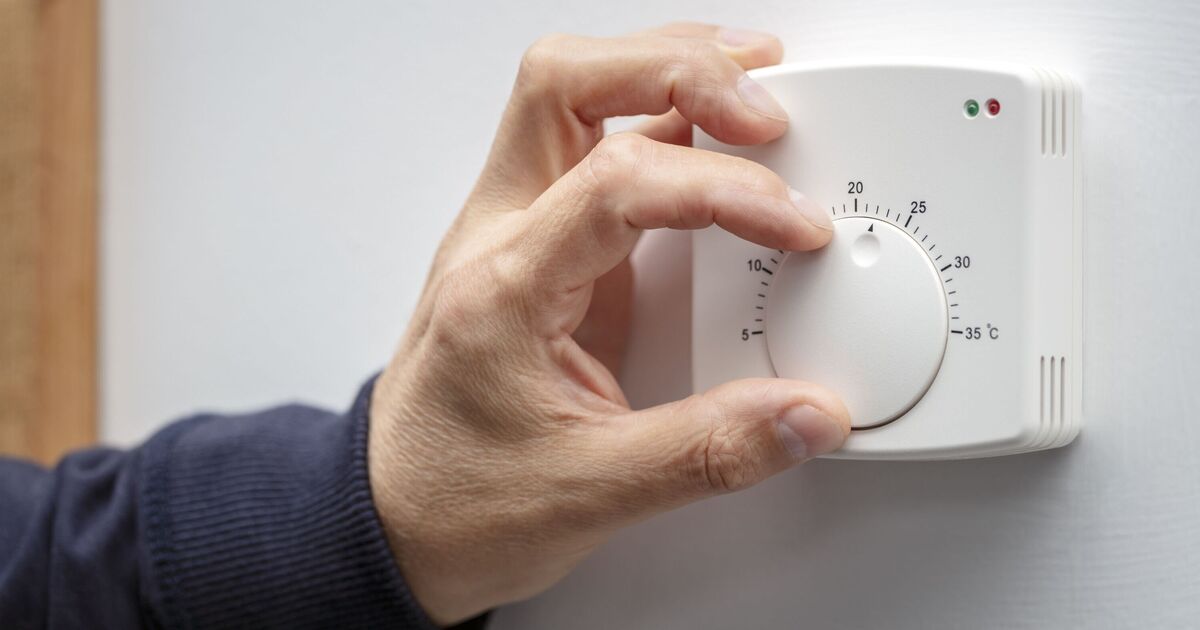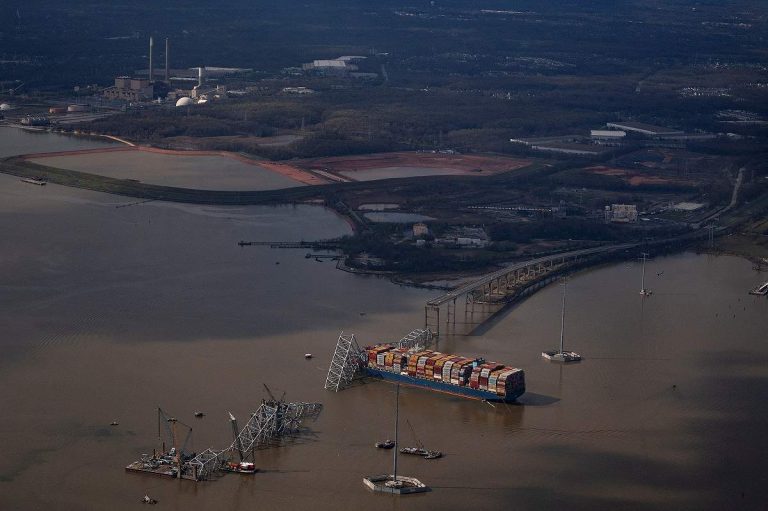In anticipation of snowstorms and plummeting temperatures, The Met Office reported that unsettling cold weather will engulf the nation throughout this week. According to weather experts, up to 20cm of snow could potentially befall on particular parts of the country. They have also forecasted additional snow accumulations, particularly during the night at low levels, in regions like northern Scotland and exposed locations in other parts of the country. In light of this chilling prediction, it’s crucial to prepare your home, especially your heating system, to combat the frigid weather effectively.
One of the most asked questions during such times is, “What is the exact temperature to run your heating during snowstorms?” This question is not as straightforward and generally varies based on certain factors.
The World Health Organization recommends maintaining indoor temperatures around 18°C (64°F) at all times, a good basis to steer your heating temperatures during harsh winter seasons. This recommendation escalates to 20°C (68°F) for households with infants, elderly people or those with certain chronic illnesses.
However, bear in mind that attaining optimum comfort during snowy weather shouldn’t solely depend on your heating settings alone. Ensuring your home is efficient by preventing heat loss is also a crucial aspect. Double glazing, loft insulation, drafts proofing, using thermal curtains, insulating hot water tanks and pipes can help your home retain heat, thereby reducing dependence on continuous heating and high temperatures.
A point often overlooked is the consideration for energy efficiency and cost-effectiveness. According to Energy Saving Trust, setting your thermostat to a consistent 18°C – 21°C, and using a programmable thermostat or timer to manage heating periods, rather than continuously blasting the heat, can help reduce energy costs and carbon footprint. It’s important to be prudent and balance your comfort with the economic and environmental impacts.
During snowstorms, low outside temperatures can often cause boiler condensate pipes to freeze, disabling your heating system. To avoid this inconvenience, keep your heating running consistently, rather than using the on-and-off approach. It’s also recommended to set thermostats to a continuous minimum of 12-15°C (54-59°F), even when no one is there, to help prevent pipes from freezing.
For those who are tech-savvy, smart thermostats can provide beneficial assistance. Some of these advanced devices learn from your schedule and behavior, adjusting the temperatures according to your preferences and even the weather conditions outside. This feature allows for hands-off temperature regulation and enhanced energy efficiency.
As we brace for the anticipated snowstorms, it’s important to guarantee our homes are warm and comfortable. While there isn’t an exact temperature cap to this effect, taking into consideration the aforementioned factors will undoubtedly assist in maintaining not only a warm space but also an energy-effective and cost-efficient heating system. Stay warm!




